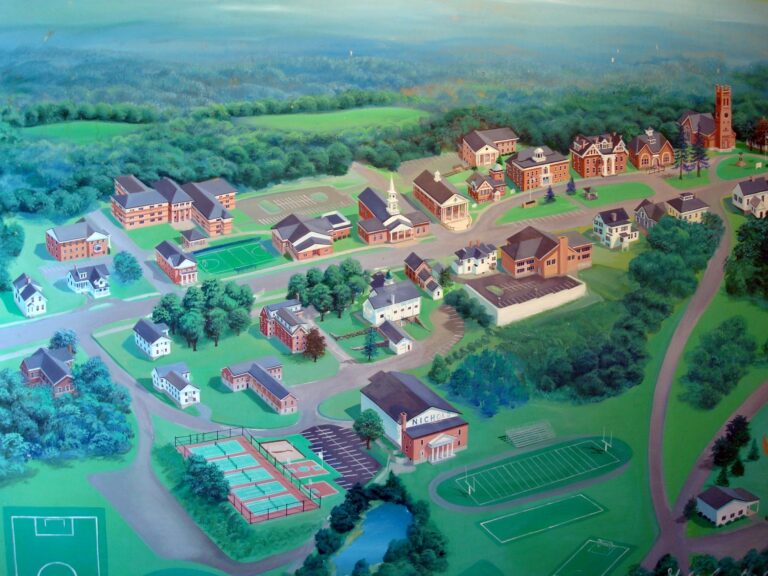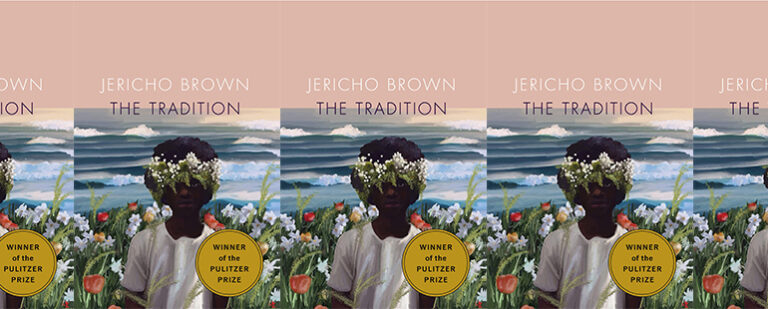Your Connected Notebook: The Instagram of Eileen Myles
Eileen Myles is a poet, novelist, performer and art journalist who ran a write-in candidacy for president twenty-five years ago when the bulk of our presidential candidates were straight, white, male, and wealthy. They’ve published nineteen books, including the reissue of Chelsea Girls (2015) and I Must Be Living Twice: New and Selected Poems (2016). Myles’ many honors include four Lambda Book Awards, the Shelley Prize from the Poetry Society of America, a Guggenheim Fellowship in Nonfiction, and the Clark Prize for Excellence in Arts Writing. But you wouldn’t know any of this from their Instagram page, where their bio reads, simply, “poet.”
“My wildest fantasy of being a poet exists in social media,” Myles told Ben Lerner in 2015, “because I feel like you are walking down the street in your connected notebook.” And it’s true: they are the kind of poet that seems a natural fit for the swiftly moving attention of social media.
Raised in a working class family, Eileen Myles learned to be wary of calling attention to themself. They never doubted that their family was proud. But the expression of pride takes many forms. “My writing even deliberately hugs anonymity and grossness so I won’t be punished for thinking I’m special,” Myles writes. “It’s humble, conceited work.”
around 530 is
a beautiful peaceful
time
you can just
hear the dog
lapping
David lifts his smoke
to his
lips forever
dangling chain
in the middle
of everything
bout the top shelf
or so. The party
at which
I sd that’s my col-
lected
works and every
one
stared my home
was so small
is it
I’m not particularly
into the task
of humility
at the moment
but I’m
not against
it
it’s like that
deflated
beach ball
on a tiny
chair
(from “A Gift for You”)
Humble, conceited work is as good a description of social media as any I’ve found. Eileen Myles was already on Twitter, already on Facebook, but each social medium requires its own élan. Myles opened an Instagram account when they got a new puppy (a pitbull named Honey) and had the idea to create a visual diary of their daily dog walks. Several years, forty-three hundred images, and twelve thousand eight hundred followers later, they’re still creating a visual record of their days.
https://www.instagram.com/p/BQ1evMBjMsU/
Here’s what you might see: Honey’s head, tilted at something you can’t see, over gray graveled pavement. A blurred image of a dog, straining at the leash. Honey in light and shadow, shadows of Eileen, shadows of the leash that holds dog and person together. Honey, staring up with the deep, limitless attention of a dog waiting for what’s next.
Other pictures show what Eileen sees on the walk: a shadow of a tree in a bare landscape (caption: “when am I going to bring”), more shadows, more trees. Their everyday life: a round stone and a wooden clothespin on a white windowsill, the red window shade motionless above. Two suckers, a scrap of torn paper reading “travel” and the cover of a book titled Be Here to Love Me. Some days they’ll post pictures of dogs met on a walk, or curled in a friend’s lap. Lots of hotels, lots of airports, lots of the above-the-cloud photos taken from the plane.
Sometimes their photos feel like sketches, sometimes like skilled abstracts. Sometimes there are words (“jumble,” “morning,” “hee-hee,” “wards,”) or snatches of thoughts that may (or may not) be easily connected to the image. An image of a light spilling light across the ceiling from which it hangs: “Rob’s last night.” Two coated rebar squares—one red, one blue—with shadows of Eileen and the squares: “what things look beautiful in this racket.” And this is just one week.
https://www.instagram.com/p/BQx1VKnjgdP
Myles wrote about their embrace of Instagram in an interview at The Creative Independent:
I love photography, I love film, I love looking at things, and so there was a way in which it felt like a way to be sort of an articulate player. . . . It seems to me, it’s very musical. The slight variations, just on top of each other, are really interesting. I suppose it’s a way in which, if anything it feels like film to me, or video, because it’s really documenting nextness in this way. It’s like, okay, now I’m looking at it over this way.
Their pictures aren’t often pretty, or even provocative. They’re, well, they’re like poems, which Myles described as “how I see and how I move and what stops me.”
The buildings
they bothered to paint
white are pink like
someone’s awful socks
were mistakenly
washed. Who owns
this insidious red. The
trees are black
cause that’s where the green
goes. The girl who chews
has fanned her fingers
out below the glass
and I long to stare
at them. To count
them one by one
as the wires slip
by. It’s the sultriness,
the smokey approach
of the loss of
light that I love.
(from “Twilight Train“)
Like their poems, what happens when you see enough of their pictures is that your attention changes. You, too, see late afternoon shadows against the dumpster behind the Staples, or the one tree that doesn’t quite look right in between the others that, somehow, do. You notice the knees of people walking along a crowded sidewalk, or the sun rising like a broken plate.


